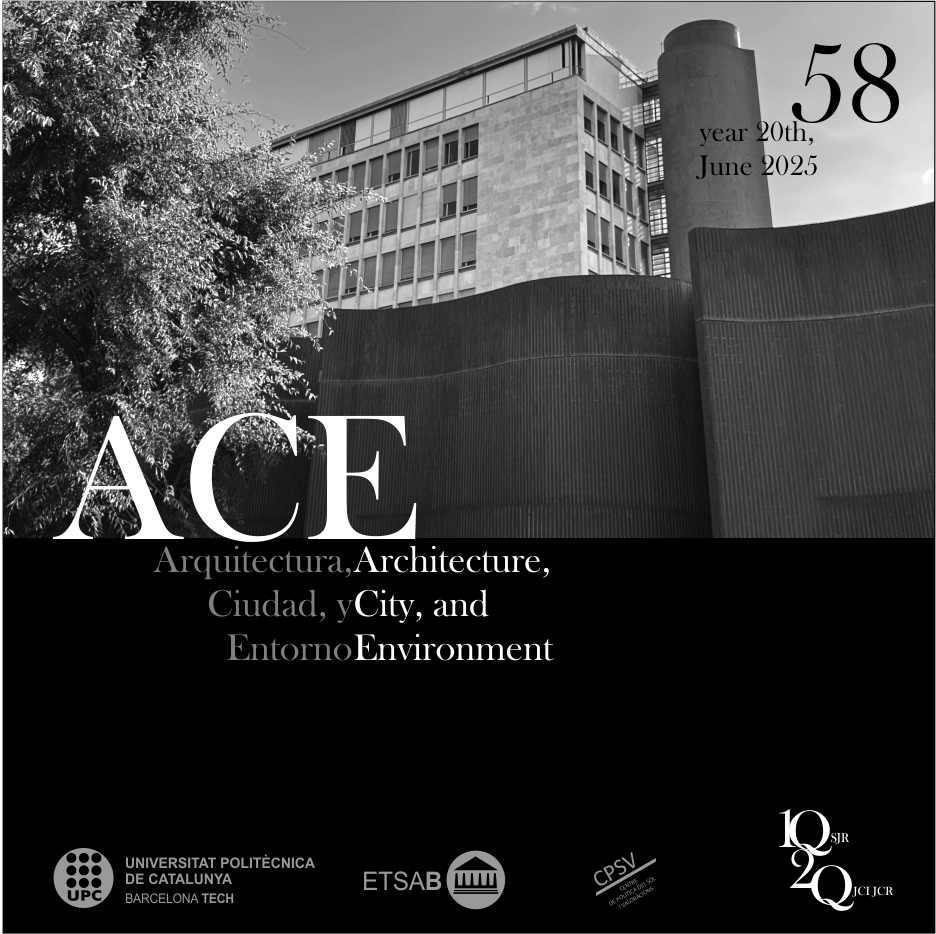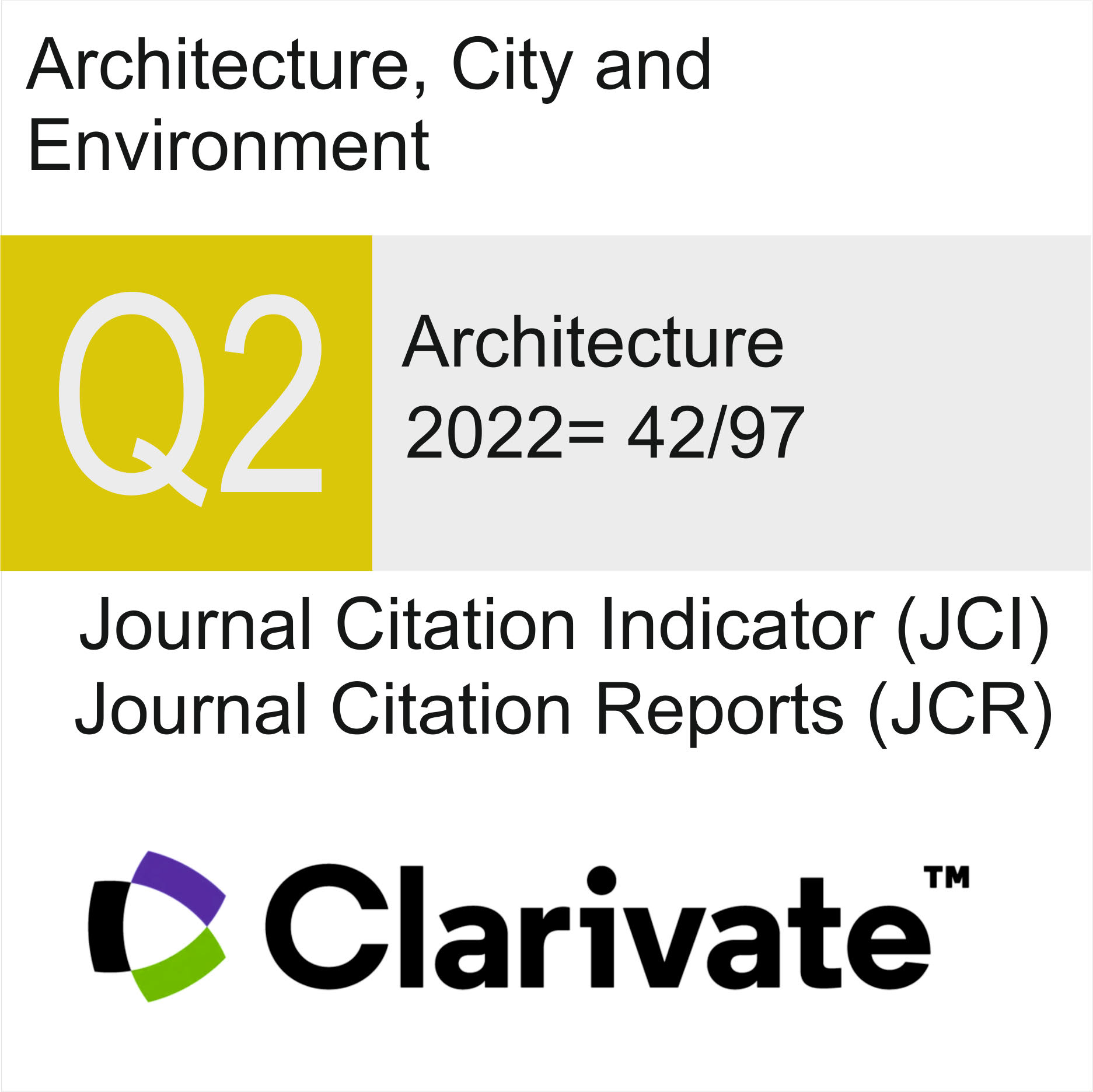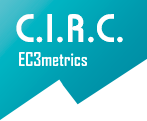The Role of Greenery in Street Art and Its Contribution to Urban Aesthetic Enhancement
DOI:
https://doi.org/10.5821/ace.20.58.12823Keywords:
greenery, public art, street art, muralAbstract
The symbolic function of greenery in public art reflects its deep-rooted cultural and ecological significance, serving as a reminder of humanity's interconnectedness with the natural world. Artists often draw inspiration from the organic forms of trees and plants, creating artificial structures that echo the beauty and resilience of their natural counterparts. This symbiosis between art and nature not only enriches the urban environment but also fosters a sense of harmony and reverence for the ecosystem. Moreover, greenery assumes a decorative role in public art, both as an integral part of existing urban spaces, such as green roofs and vertical gardens, and as embellishments on walls and facades, imbuing them with distinctive character and vitality. Additionally, the incorporation of living elements into art installations blurs the boundaries between artifice and nature, creating dynamic compositions that evoke emotional responses and engage the senses of urban dwellers. The article provides a comprehensive analysis of the diverse roles’ greenery plays within the realm of public art, drawing insights from a range of case studies spanning different geographical locations. It elucidates three overarching trends observed in the utilization of greenery as a foundational element in public art: its symbolic function, decorative significance, and its integration into living or symbiotic art forms. Greenery transcends its conventional role as mere inspiration for artists; instead, it emerges as an indispensable component of urban landscapes, contributing to their aesthetic appeal and functional utility.
Published
Issue
Section
License
| INTELECTUAL PROTECTION CRITERIA |
At this moment, it is count with the "Oficina Española de Patentes y Marcas", while global protection it is being processed by the World Intelectual Property Organization (OMPI/WIPO). Nevertheless the International Standard Serial Number Office (ISSN) has given the following numbers ISSN: 1886-4805 (electronic version) and 1887-7052 (paper version). All articles will be peer reviewed, using double blind reviewing. |
| COPYRIGHT |
The article contents and their comments are authors exclusive liability, and do not reflect necessarily the journal editor commitee's opinion. All ACE published works are subject to the following licence CC BY-NC-ND 3.0 ES http://creativecommons.org/licenses/by-nc-nd/3.0/es/ It implies that authors do not hold nor retain the copyright without restrictions but only those included in the licence. |





































